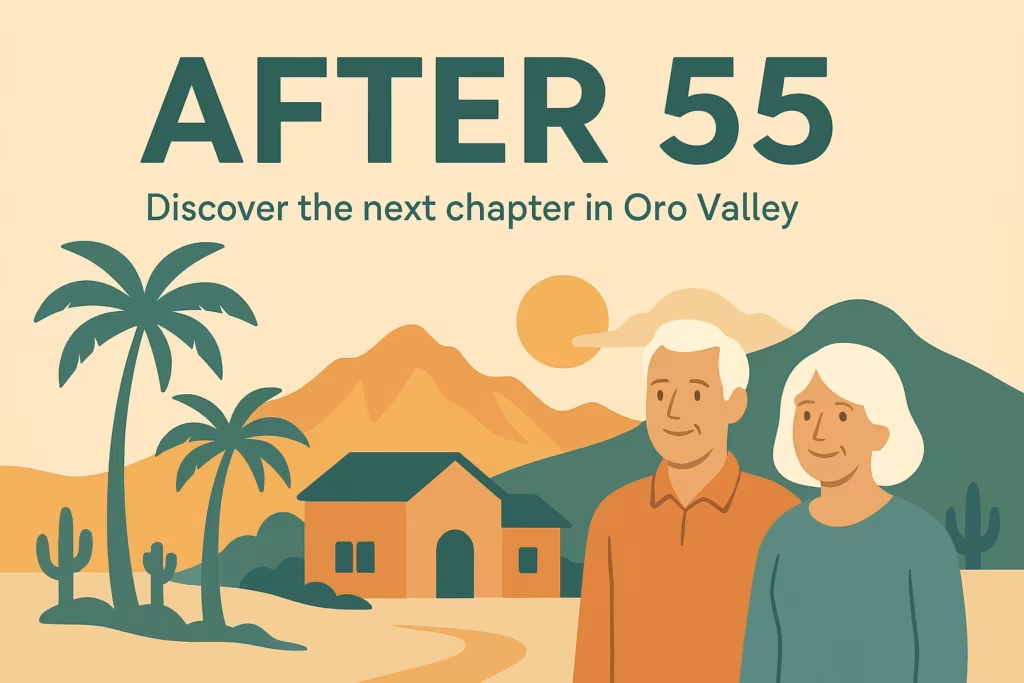Raising Funds for Alzheimer’s and Bringing Community Together: Great Purple Pumpkin Festival
On October 15, Catalina Springs Memory Care will host their second annual Great Purple Pumpkin Festival. Designed as an opportunity for the community to gather for pumpkin painting, carnival games, a boutique shopping opportunity, and great eats from the Tucson Food Truck Round-Up, it is also an opportunity to raise funds for the Alzheimer’s Association.
Catalina Springs Memory Care opened in Oro Valley in December 2014 and currently houses 30 residents with Alzheimer’s or other severe forms of dementia, with room for more. The facility is specially built to accept patients who have the particular needs of those who have lost memory and eventually lose physical function. They provide full-time, around-the-clock assistance with daily personal care and activities that are required for those who suffer from this devastating disease.
I recently met with Amanda Osborne, Marketing Director at Catalina Springs Memory Care, to discuss their upcoming event — and in particular to ask about the goods that will be sold at their boutique at the festival — items which have been created by the residents at Catalina Springs.
Some of the residents’ finished projects.
“We will be featuring 55 pieces this year,” said Osborne, speaking about the furniture and household items handcrafted by residents in Catalina Springs’ S.P.A.R.C. (Seniors Painting and Refurbishing Club).
“This is part of our Pathways Programming and Lifelong Learning Curriculum here,” she continued. “It started with myself and our programming director. Our Pathways Program is Montessori-based, so all our programs here at Catalina Springs are educational, providing the social connections that are critical to our patients’ well-being.”
All year long, residents and staff visit secondhand stores and pick out household items and small furnishings which can be refurbished or given a new purpose. On Thursdays, they meet to sand, paint, saw, and nail their various projects, preparing them for market.
“We cruise Pinterest a lot to get ideas,” said Osborne. “Staff is on hand, and club members are each assigned a specific task. People with memory loss can often pick up on a repetitive task like sanding or painting once they are shown. Plus, our men would rather do this sort of activity over, say, a quilting or arts and crafts club. We believe that when people shop at the festival and see what the residents have created, they will appreciate the craftsmanship and hard work.”
Family members of the patients help as well by donating items for recycling or refurbishing into something new. Osborne mentioned a family who recently cleaned out their garage and provided S.P.A.R.C. with some great items for them to work on.
According to the Alzheimer’s Association, 5.4 million Americans currently have the disease. It is the sixth leading cause of death in the U.S., and one in three seniors will die with Alzheimer’s or some other form of dementia. These numbers are hard to hear — not only for the victims but for the caretakers. At some point, when Alzheimer’s progresses to the point where the patient is no longer able to function alone, families find it necessary to seek outside help.
“More than likely, when a patient comes here it is because it is no longer safe for them to be at home,” explained Osborne. “We see a slow decline as every day our residents lose neural connection. It is especially hard for the families who so want them to remember.”
Osborne took me on a brief tour of Catalina Springs, which is divided into two neighborhoods. This is so residents will never be part of a community any larger than 28 people. Research has found that too large a crowd is tough on those suffering from memory loss.
As we passed by neatly appointed social areas, we also passed by the doors to each individual’s bedroom. Next to each door is not only the person’s name but their picture, for the time when they can no longer read but still need to find their room.
“We have an activity schedule that keeps residents busy from 10 a.m. to 7 p.m. daily. Keeping them engaged reduces sundowning, and it is important to keep their bodies moving,” Osborne said as she opened the door to an indoor courtyard — a safe place to enjoy the outdoors.
What Is the Latest on Research for a Cure?
“I think everyone is very hopeful for a cure, but I recently read there are over 172 types of dementia,” said Osborne, adding that this is why funding the Alzheimer’s Association is so important.
“Last year we raised $8,000 to donate to the Association,” she said. “We hope to do as much this year.”
“It is incredible to watch our residents, when you give them opportunities to challenge themselves and they succeed,” concluded Osborne. “No one wants to be told that this is where you are living and you will never go outside that door again. That is why, ultimately, having the community participate with our residents at the festival is so important — for now and the future.”
If You Go:
The Great Purple Pumpkin Festival takes place at Catalina Springs Memory Care, 9685 North Oracle Rd, Oro Valley, AZ 85704, from 1 p.m. to 5 p.m. Admission is $5 for individuals or $15 for a family. 100% of all proceeds are donated to the Alzheimer’s Association. For additional information, you can call 520-297-2500.
Walk to End Alzheimer’s
Held annually in more than 600 communities nationwide, the Alzheimer’s Association Walk to End Alzheimer’s® is the world’s largest event to raise awareness and funds for Alzheimer’s care, support, and research.
In Tucson, the Walk to End Alzheimer’s takes place Saturday, November 5, 2016. Registration starts at 7:30 a.m., with a ceremony at 8:30 a.m. The walk is 2 miles and starts at 9 a.m. It all takes place at Reid Park, 900 S. Randolph Way, Tucson, AZ 85716. To register a team or join a team and start fundraising, visit act.alz.org.

